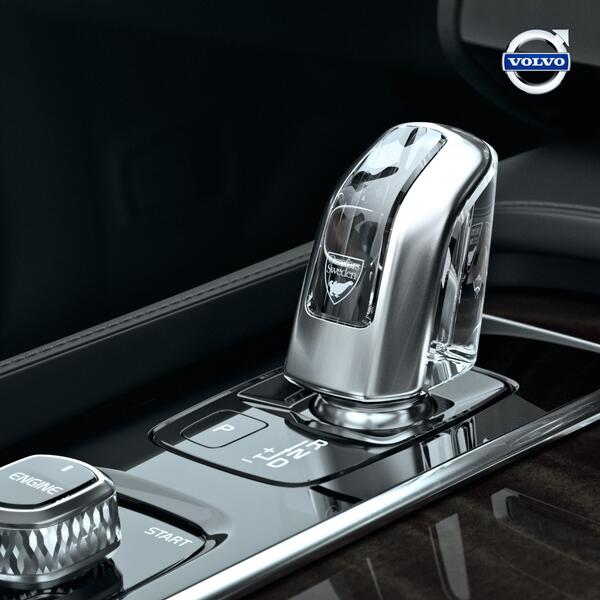copy and paste !!!
https://klbar2008.blogspot.com/2020/10/proton-15-tgdi-unit-codename-jlh-3g15td.html
https://klbar2008.blogspot.com/2019/12/audi-mesarthim-f-tron-quattroa-fusion.html
copy and paste !!!
https://klbar2008.blogspot.com/2020/10/proton-15-tgdi-unit-codename-jlh-3g15td.html
https://klbar2008.blogspot.com/2019/12/audi-mesarthim-f-tron-quattroa-fusion.html

The Fiat Tipo hatchback and sedan came to market in 2017 and the 1.3-litre turbodiesel sedan derivative is particularly fuel efficient with a claimed fuel consumption figure of 3.7 L/100 km. This engine offers 70 kW and 200 Nm of torque to deliver perky performance. Unfortunately, this engine is only offered on the Tipo sedan. The Fiat Tipo 1.3 Multijet Easy sedan
In the 1970s and 80s, diesel passenger cars had a bad reputation because they were loud, smelly, underpowered and plagued with failures. Unfortunately, this public perception of diesel technology has persisted and is still unfairly influenced by these outdated beliefs.
Modern technological advancements, however, have drastically changed diesel technology for the better. The new technology, now called “clean diesel” creates 25% less CO2, 30% better fuel economy and 50% more torque as compared to its gasoline powered counterpart. Clean diesels do, however, come with an initial price premium and usually a higher price for diesel at the pump. However, numerous studies done by the University of Michigan Transportation Institute have shown you end up saving anywhere from $2,000-$7,000 by owning a clean diesel vehicle after just 3 years.
The old stereotypes and price premiums have made it difficult to get the general public’s interest in clean diesels even though the data being generated is overwhelmingly positive. Clean diesels need to be rebranded, and we need your help to correct the inaccurate perceptions and bring the clean diesel to the forefront of the general consumer’s mind when considering their next new vehicle purchase.
Dutcher steam-powered car from 1974 at the Petersen Automotive Museum in Los Angeles [Photo: Matt Novak]
In 1969 California State Senator Nicholas Petris, a Democrat from Oakland, proposed a bill that would have banned the sale of any vehicle with a gasoline or diesel-powered internal combustion engine by 1975. Needless to say, that bill went nowhere quickly. But if such legislation had been taken seriously, what would have replaced the internal combustion engine? Well, in the 1970s California state legislators thought they had found the answer in cars that run on steam. Yes, steam.
When we think about the history of the automobile we often imagine the battle between the gas-powered cars that dominate our streets today and the electric car (or gas-electric hybrids) that have a rich history dating back to the turn of the 20th century. But few people remember the other technologies that fought hard for their place in the future, including steam.
Starting with legislation proposed in 1968, the state of California began experimenting with steam buses, contracting with companies to build three of them. All three were demonstrated in Sacramento on April 26, 1972. But only focusing on low emission buses wasn't seen as doing enough to combat the smog. In 1972 the California Assembly passed legislation which contracted two companies to develop steam-powered cars: Aerojet Liquid Rocket Company of Sacramento and Steam Power Systems of San Diego.
The two companies took different approaches with their respective steam technologies. Aerojet installed a steam turbine into a Chevy Vega, while Steam Power Systems chose to build its Dutcher car (named for the company's founder, Cornelius Dutcher) from scratch. The Dutcher car was finished and successfully tested in 1974 though neither car went into production. By 1975 the California Assembly was again back to buses, along with allusions in the press that these experiments with steam were little more than hand-outs to some of the contractors who just so happened to be major financial contributors to the state's Democratic Party.
You can see a Dutcher test vehicle on display at the Petersen Automotive Museum in Los Angeles. The steam car is on loan from one of the better-known car collectors that zip around Southern California
For all the efforts of companies and governments to get consumers excited about steam cars, the idea obviously never took off. The biggest problem with the steam-powered car? It pumped out less pollution, but was quite a fuel-hog. The fuel used in steam engines of the early 1970s was usually kerosene, but diesel was also an option. Naturally, the last thing people wanted when so many had to line up just to fill up their tanks was to use more energy than they already did.
الأربعاء 26 أغسطس 2020 12:43 صباحاً
نافذة على العالم - قال المهندس هاني الخولي، العضو المنتدب بشركة النصر للسيارات، إن مشروع إنتاج سيارات الكهرباء، هو مشروع قومي، لابد من شكر القيادة السياسية عليه، مشيرا إلى أن مصر وصلت لمرحلة لابد أن يكون كل شىء فيها جديد ومتطور، موضحا أن هناك أكثر من محور تعمل الشركة فيه، مع وجود شريك أجنبي هو رقم 1 في صناعة السيارات الكهربائية وهي شركة صينية، وتم التفاهم معهم في العام السابق.
وأضاف، خلال مداخلة هاتفية مع الإعلامية ريهام إبراهيم والإعلامي عمرو خليل ببرنامج "من مصر" الذي يذاع على قناة cbc، أن السيارة الكهربائية الجديدة، بداية بيعها سيكون لـ"التاكسي" أو الأجرة، ثم إحلال السيارات الحكومية، وبعدها سيتم طرحها للشراء من قبل المواطن العادي، موضحا أن تلك السيارة تملك مقومات رائعة، كما أن صيانتها شديدة البساطة وليس معقدة كالسيارة العادية.
وأوضح، أنه جرى الاتفاق على إبرام عقود مع الجانب الصيني بنهاية الشهر الجاري، ويتم الآن إحياء كل شىء قديم في الشركة حتى تكون مجهزة لإنتاج تلك السيارة، موضحا أن هناك خطة بالتنسيق مع شركات عالمية بعمل محطات شحن سريع في كل المناطق.









